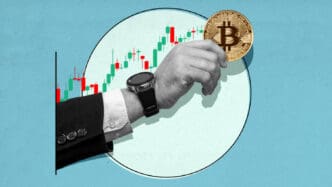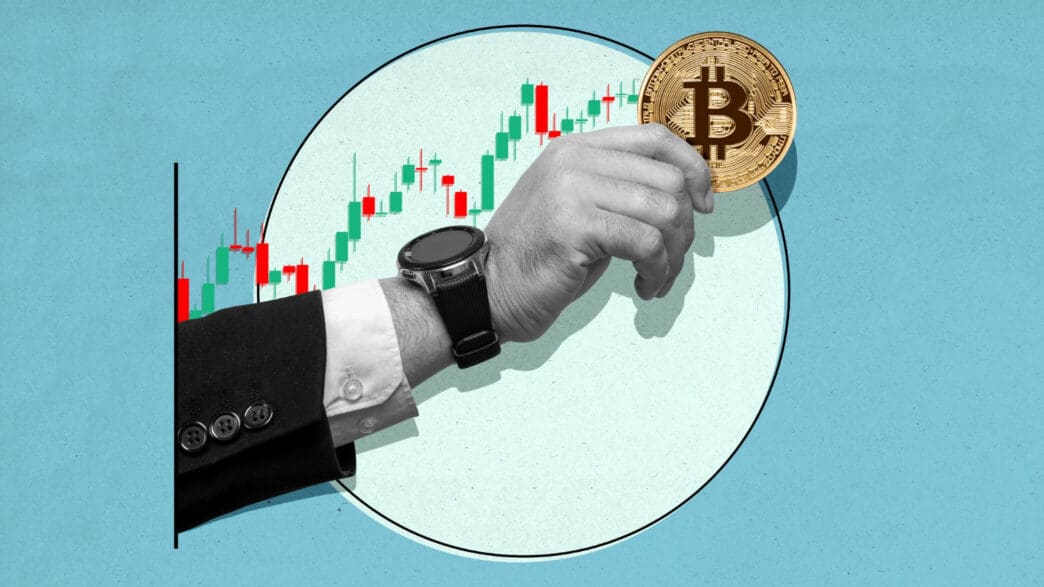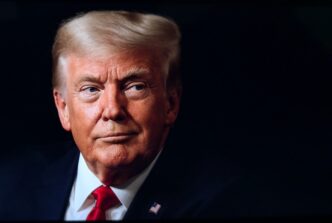Executive Summary
- The US economy is on an inescapable inflationary path, regardless of whether the Federal Reserve cuts interest rates or maintains its current stance.
- This inflationary trajectory is driven by two distinct scenarios: the Fed complying with calls for significant rate cuts, or sustained price pressures from President Trump’s trade policies and fiscal stimulus if rates are maintained.
- Bitcoin is positioned as a vital hedge against systemic risk and a potential store of value amidst the dollar’s weakening and rising national debt under either inflationary scenario.
The Story So Far
- The US economy is on an inflationary trajectory, marked by a depreciating dollar, persistent core PCE inflation, and a national debt exceeding $37 trillion, a situation intensified by President Donald Trump’s public calls for the Federal Reserve to drastically cut interest rates and his administration’s trade policies and proposed fiscal stimulus measures, which are expected to drive inflation regardless of the Fed’s actions.
Why This Matters
- The US economy appears to be on an inescapable path toward inflation, regardless of whether the Federal Reserve cuts interest rates or maintains its current stance, driven by factors including high national debt and President Trump’s fiscal and trade policies. This trajectory is expected to weaken the US dollar and escalate long-term debt costs, thereby positioning non-sovereign assets like Bitcoin as a crucial hedge against systemic risk and a potential preferred store of value.
Who Thinks What?
- President Donald Trump advocates for drastic interest rate cuts by the Federal Reserve and is implementing fiscal stimulus and trade policies that contribute to inflationary pressures.
- The International Monetary Fund (IMF) warns that President Trump’s proposed “Big Beautiful Bill” risks destabilizing public finances and is counterproductive to reducing federal debt.
- The analysis presented in the article suggests that the US economy is on an inescapable inflationary path, primarily driven by President Trump’s aggressive fiscal and trade policies, regardless of whether the Federal Reserve cuts or maintains interest rates.
The US economy appears to be on an inescapable path toward inflation, regardless of whether the Federal Reserve yields to political pressure for interest rate cuts or maintains its current stance. This inflationary trajectory, highlighted amidst the ongoing Jackson Hole symposium, could significantly impact the US dollar and long-term debt, potentially positioning Bitcoin as a vital hedge against systemic risk.
Economic Pressures Mount
Despite official growth figures, underlying economic stresses are increasingly evident. The US dollar has depreciated over 10% since January, core Personal Consumption Expenditures (PCE) inflation remains stubbornly at 2.8%, and the July Producer Price Index (PPI) surged by 0.9%, tripling expectations. These indicators are set against a backdrop of 10-year Treasury yields holding at 4.33% and a national debt exceeding $37 trillion, intensifying the debate over interest rates.
Trump’s Influence and Two Inflationary Paths
Donald Trump has publicly urged Federal Reserve Chair Jerome Powell to drastically cut interest rates by as much as 300 basis points, bringing them down to a range of 1.25-1.5%. This political pressure sets the stage for two distinct, yet equally inflationary, economic outcomes.
Scenario 1: Fed Cuts Rates
Should the Fed comply with calls for significant rate cuts, potentially as early as September or October, the economy would be flooded with cheap money. This monetary easing would likely lead to a rapid surge in risk assets and an acceleration of inflation, potentially pushing core PCE inflation from 2.8% to above 4% by 2026. Such a surge could further weaken the dollar, possibly sending the DXY below 90, and while Treasury yields might initially drop, they could later spike above 5.5% as inflation expectations rise and foreign buyers retreat. This scenario also risks escalating US debt interest payments to an estimated $2 trillion by 2026, roughly 6% of GDP, and could lead to a dangerous politicization of the Fed.
Scenario 2: Fed Maintains Rates
Alternatively, if the Fed resists immediate rate cuts, the US economy may still face upward price pressures from President Trump’s trade policies and fiscal stimulus measures. The effects of tariffs are already visible in key economic indicators, and warnings are mounting over the “Big Beautiful Bill,” a combination of increased spending and sweeping tax cuts. The International Monetary Fund (IMF) stated that this bill “runs counter to reducing federal debt over the medium term” and risks destabilizing public finances. In this scenario, core PCE inflation could gradually drift up to 3.0–3.2%, and 10-year Treasury yields might reach 4.7% by next summer. Debt servicing costs would still climb to an estimated $1.6 trillion, or 4.5% of GDP, and Morgan Stanley predicts the DXY could fall as low as 91 by mid-2026.
Bitcoin’s Potential Role
In the first scenario, where the Fed enacts sharp rate cuts leading to high inflation and a collapsing dollar, Bitcoin would likely surge immediately alongside stocks and gold. With real interest rates turning negative and the independence of the Fed potentially questioned, the article suggests that cryptocurrencies could emerge as a preferred store of value. In the second, more measured scenario, Bitcoin’s rally might be slower, potentially trading sideways until late 2025. However, as the dollar continues to weaken and fiscal deficits accumulate, non-sovereign assets like Bitcoin would gradually gain appeal, solidifying its value proposition as a hedge against systemic risk rather than merely a technology bet.
Ultimately, whether the Federal Reserve cuts rates or stands firm, the US economy appears to be on an inflationary path, largely driven by President Trump’s aggressive fiscal stimulus and trade policies. This trajectory suggests a challenging road ahead for the dollar and long-term debt, with Bitcoin potentially positioned as a resilient asset class designed for such economic conditions.
This article does not contain investment advice or recommendations. Every investment and trading move involves risk, and readers should conduct their own research when making a decision.








